By Diamon “Dirty Bird” Clark

Diamon “DirtyBird” Clark backpacking through Xpujil, Campeche, Mexico with SMD Traveler bag.
Backpacking through Mexico
After two years of COVID restrictions, I made the decision to get back out in nature and experience the world again. After a year of preparation, I flew into Cancun, Mexico for the start of a 6 month adventure of traveling to see and experience the biodiversity of another country. I was able to condense my life into a single carry-on and personal item and I’ve never been happier. At the time that I’m writing this, I have been backpacking through the country of Mexico for the last 3 months. This trip report is of my experience visiting the Calakmul Biosphere Reserve.

Howler monkey within the Calakmul Biosphere Reserve.
What is the Calakmul Biosphere Reserve?
The Calakmul Biosphere Reserve in the state of Campeche, Mexico is a UNESCO world heritage site and the country’s largest forest reserve. Combined with the forest remnants in Guatemala and Belize, the biosphere is the second largest forest in Latin America after the Amazon. Home to big cats, primates, 300+ species of endemic and migratory birds, amphibians, bats, and a host of plants species, the Calakmul Biosphere Reserve is a biodiversity hotspot and so special that I endured a 5 hour bus ride and 2 hour car ride to see it for myself. Since earning its UNESCO status in 2006, the number of tourists traveling to see this area has steadily increased. However, this is still a little known gem and I’d recommend seeing it for yourself before it becomes overly commercialized.

Diamon “DirtyBird” in front of an ancient Mayan ruin within the Calakmul Biosphere Reserve.
Logistics (Getting there and where to stay)
Initially, the bioreserve wasn’t on my radar at all. Fortunately, I shared my loose itinerary with a Mexican friend and she was able to help fill it in with things to see along the way. Starting in the state of Quintana Roo, I took a commercial night bus (ADO) to the state of Campeche. If you plan to do something like this, I recommend physically going to the bus station to speak with an agent to help you purchase the right tickets. The reserve is located in the southern part of Campeche where buses don’t go directly, so plan to arrive in the small town of Xpujil, two hours north of Calakmul.
Upon arriving at Xpujil, there are three ways to get to Calakmul. The first is by renting a car. You can easily ask around and be directed to a car rental service. However, do so with caution. In Mexico, to receive a driver’s license all you have to do is pay for it. Also, there aren’t speed limits on many highways. The second, and most convenient, way to get to Calakmul is by hiring a tour service. They include the cost of all the entrance fees, a guide, transportation and lunch. The last way to visit Calakmul, and the way I did it, is to hire a driver. It’s the most budget friendly option and it allowed me to explore the reserve at my own pace. I was able to coordinate hiring a driver by talking with my Airbnb host. If you decide to do it this way, be prepared to budget for the cost of the driver for a full day (550 pesos/person), the conservation fee upon arriving at Calakmul (68 pesos/person) and the fee to see the archeological zone further in the jungle (I don’t remember this amount, but not more than 68 pesos).

Diamon “DirtyBird” Clark in front of interpretive signage at the Calakmul Biosphere Reserve in Campeche, Mexico.
Things to Do
As you’d imagine, the Calakmul Bioreserve is huge and it would take days to explore all of it. However, I’d like to highlight the two activities I tried that I recommend experiencing. The first is to travel to the archeological zone of the reserve. One hour within the jungle are the Mayan ruins of the ancient city of Calakmul. There are residential areas and the city square with extensive interpretative signage (in English and Spanish) to support a self-guided tour. Many of the structures you’re able to climb, while others are off-limits so be sure to read. This area is surrounded by lush jungle, so be alert of wildlife that are curiously watching from the forest edge. I was lucky enough to find a group of howler monkeys, a peacock wandering in the brush, and several turkeys. Outside of the archaeological zone, there are hiking trails to explore as well.
The second activity I’d recommend is to visit the “volcan de murcielago” which translates to the bat volcano. About an hour away from the reserve, close to the town of Xpujil, there is a dry cenote (sinkhole) that houses 3 million bats. Every evening, you can watch this swarm of bats emerge from their cave and it’s an incredible spectacle! It takes about an hour for all the bats to leave the cave. For the first 10 minutes they fly in a clockwise vortex, similar to schooling fish, while predatory birds swoop down to try to capture a few for dinner. Eventually, the bats take turns breaking off in groups to fly over the canopy to forage for the night. Finding the cave can be difficult because it’s off the highway and not well marked. I informed my driver I wanted to see the bats and he knew exactly where to go. Visiting the cave is also included in most tours, but if you decide to rent a car to see this, get directions from a local. To enter this part of the forest, you must have a local guide. They cost about 40 pesos/person and show up right before the bats start to emerge for anyone that wants to see them. They are extremely knowledgeable about the bats and were able to point out beautiful birds (like the Toucan!) to pass time while we waited for the bats to start their show.

Diamon “DirtyBird” Clark on top of an ancient Mayan ruin overlooking the Calakmul Biosphere Reserve with SMD Wy'east Daypack in Campeche, Mexico.
Gear Check
For this 6 month adventure, I brought two bags- the SMD Traveler and the SMD Wy’east Daypack. While hiking through the Calakmul Biosphere Reserve, I carried the Wy’east Daypack and had plenty of space for lunch, binoculars, two large bottles of water, portable chargers, a large camera, and miscellaneous supplies. Pro-Tip: in Mexico it’s customary to have to pay 5-10 pesos to use the restroom and/or use toilet paper. Just in case, keep a small stash of toilet paper on hand and, of course, always practice leaving no trace.


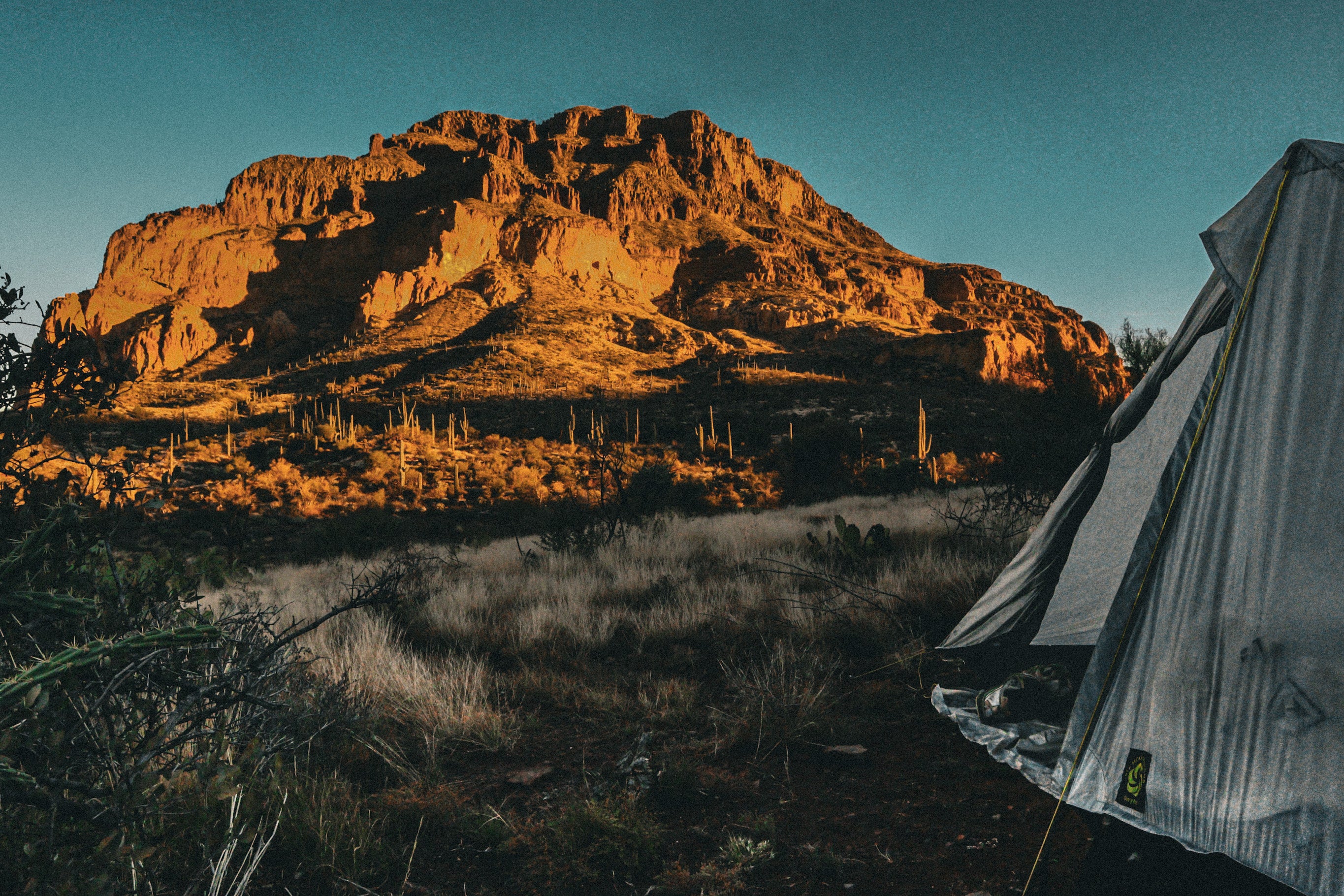
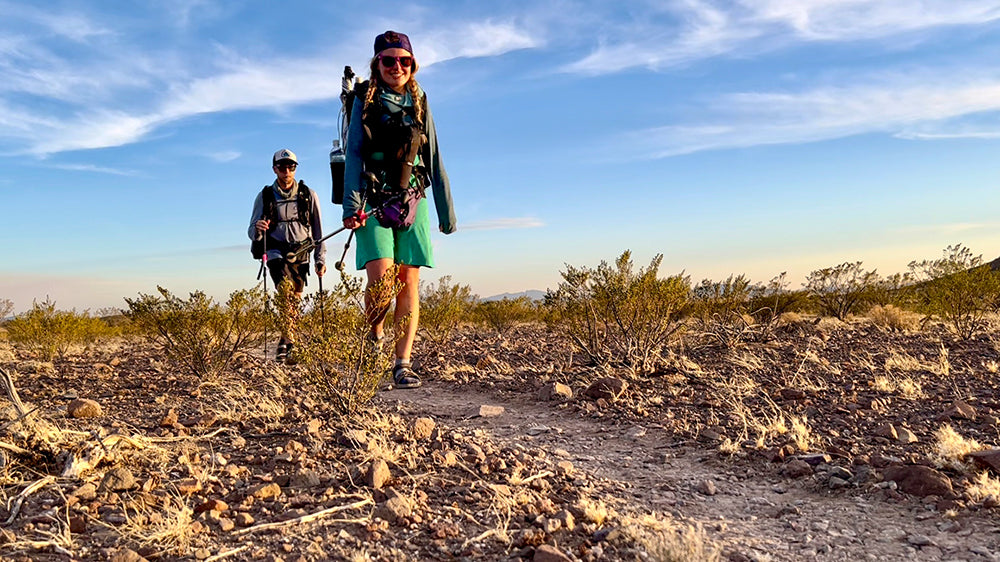
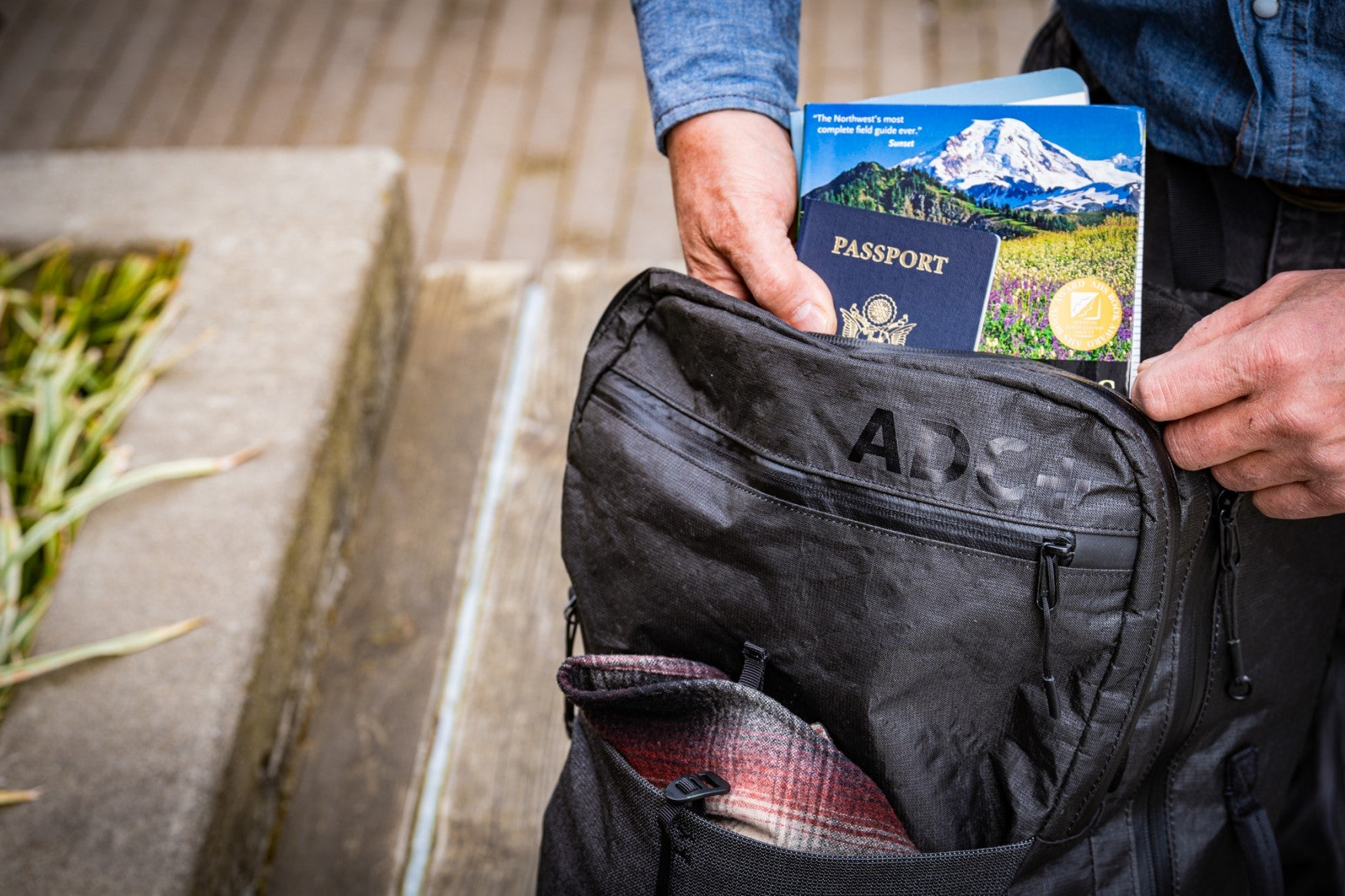
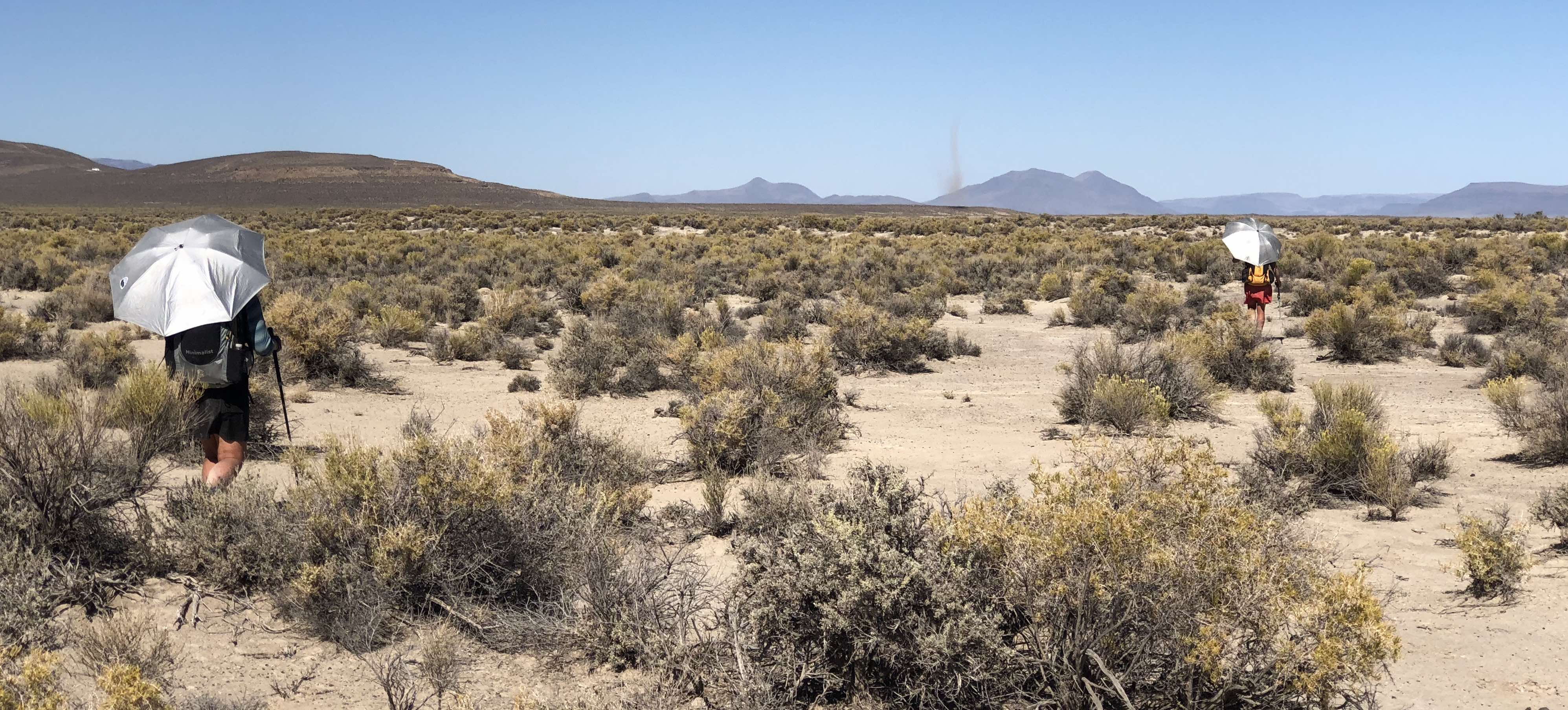
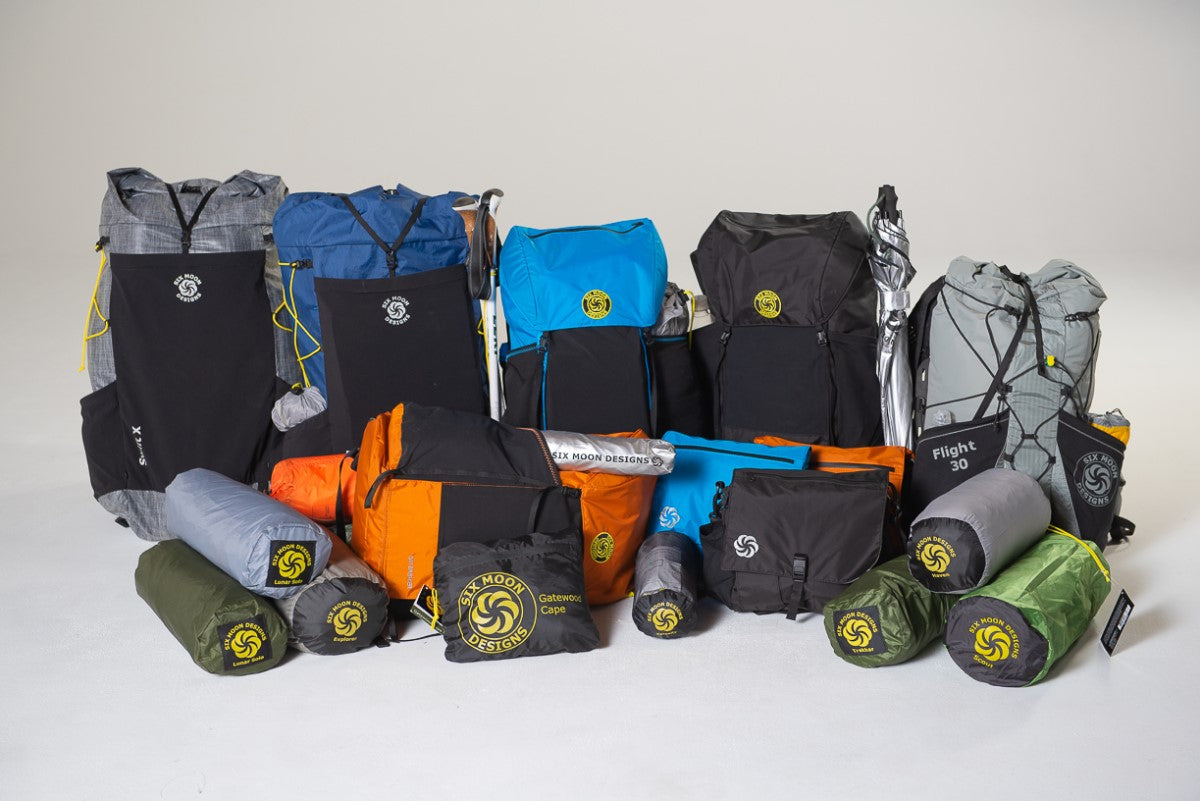
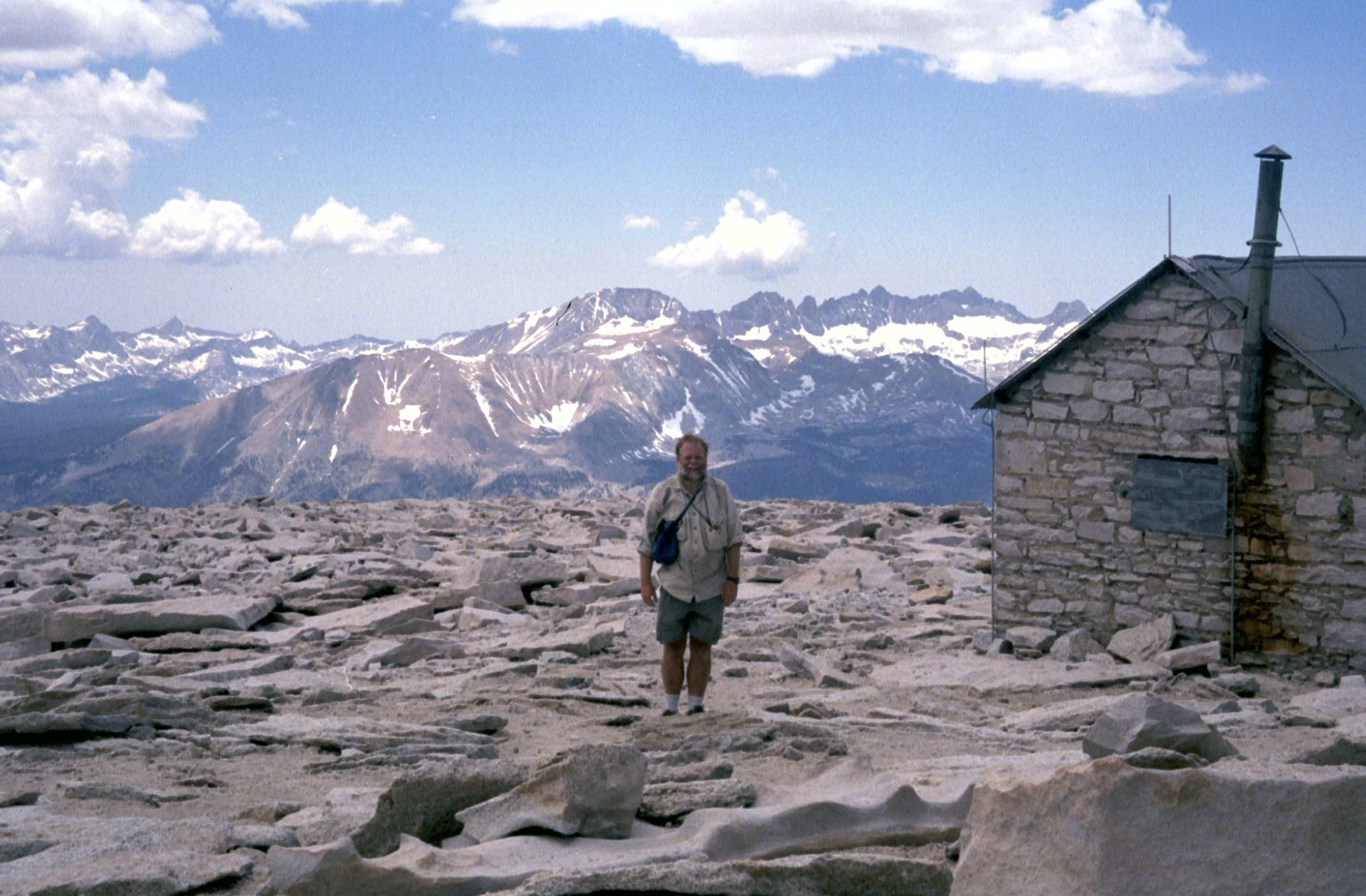
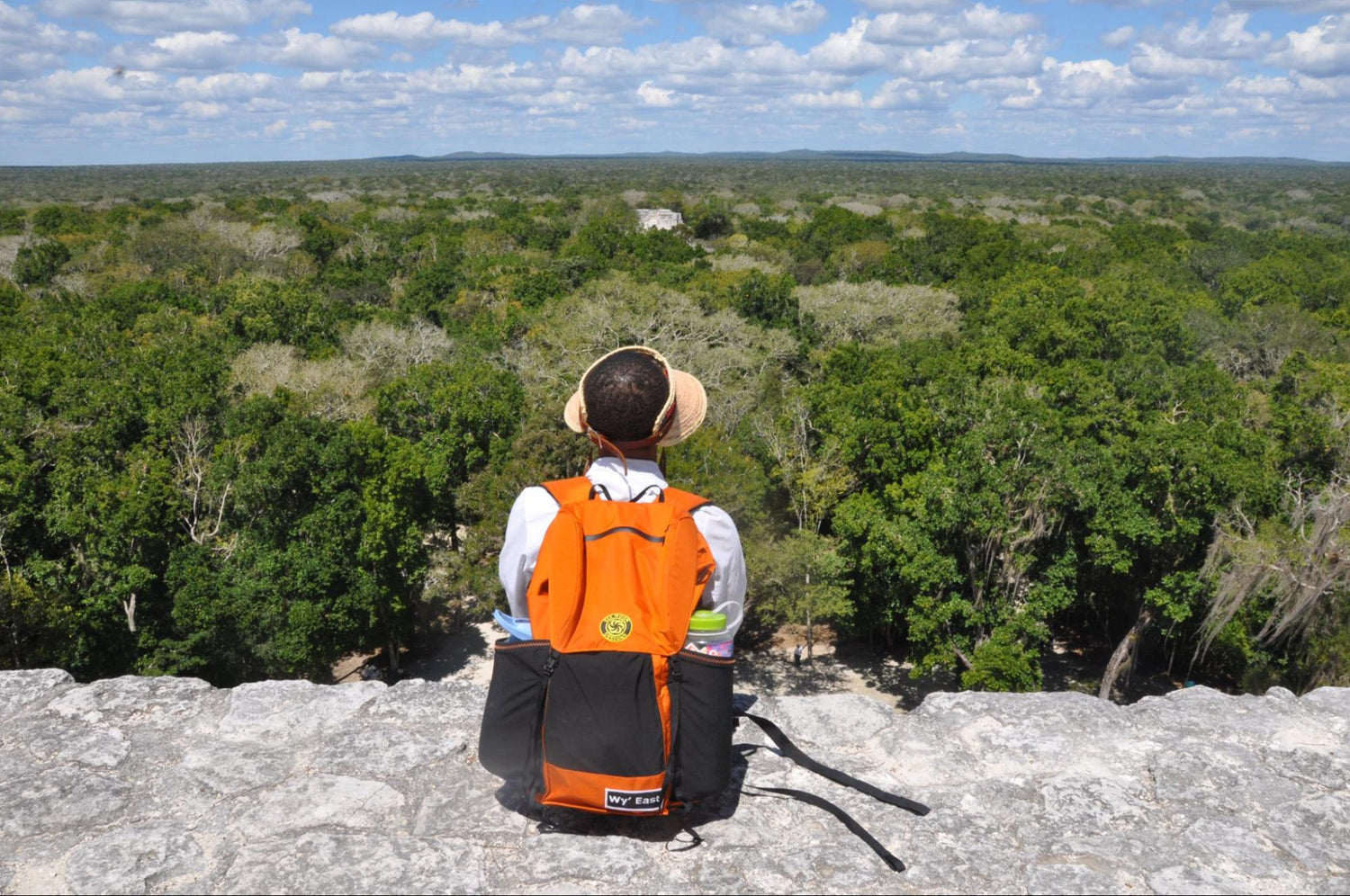
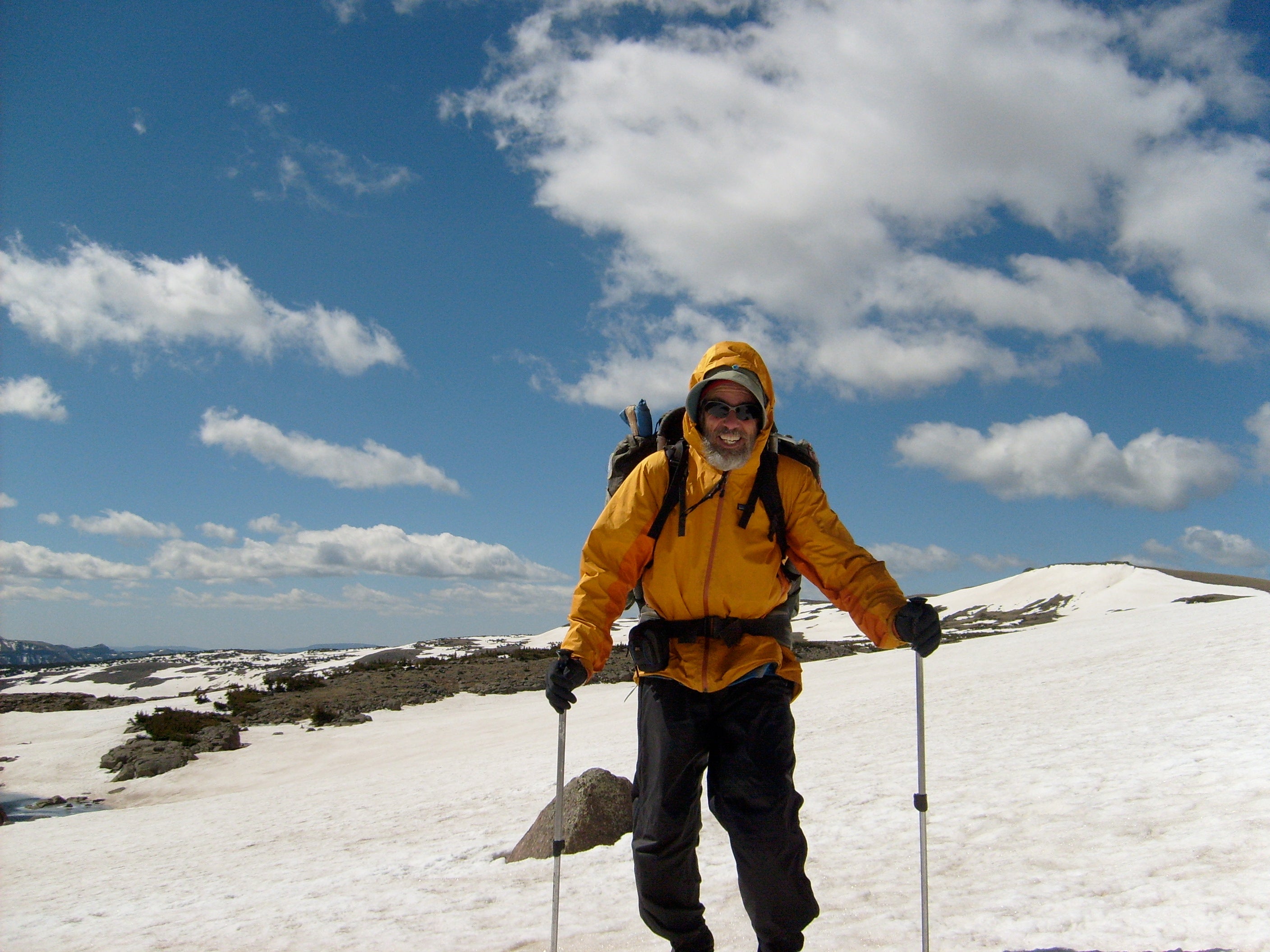
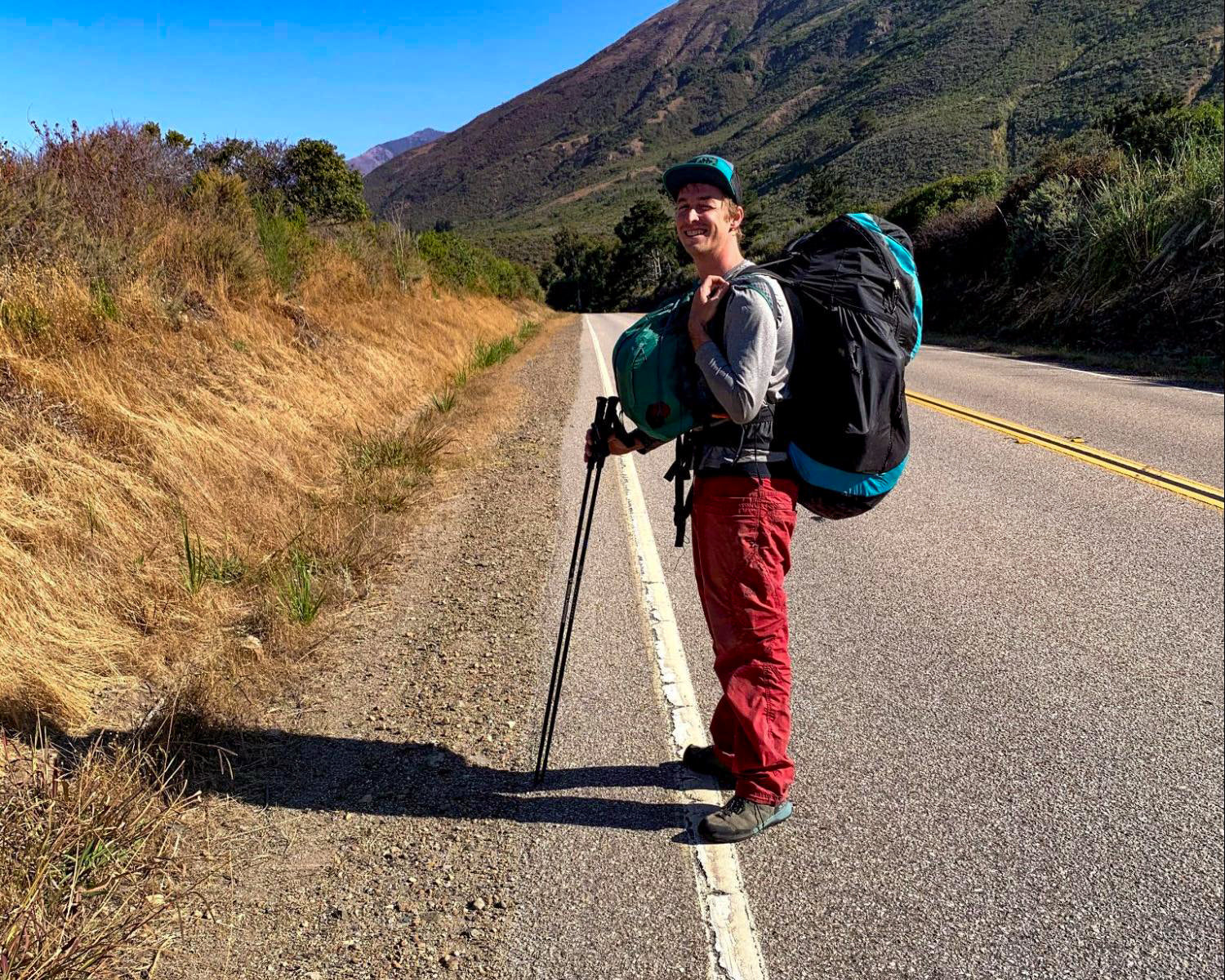
Leave a comment
This site is protected by hCaptcha and the hCaptcha Privacy Policy and Terms of Service apply.